Natural Stone
The stones listed below are natural and as such are products of nature that come with their own unique characteristics and qualities. This is what gives natural stone its uniqueness and adds to its beauty and appeal.
Most slabs will have some naturally occurring imperfections which may include colour and shade variations, dull spots, fissures, voids, pits, irregular markings, lines etc. These imperfections will not compromise the integrity of the stone.
SEDIMENTARY STONE
Sedimentary stone is formed when organic matter accumulates and consolidates in layered deposits at the bottom of lakes and in the sea. Over millions of years the layering causes the weight of the rock beds to increase. Eventually the pressure produces a chemical reaction that causes the sediment to harden and turn into stone. Examples of sedimentary stone commonly used in building include limestone, travertine and sandstone. Most sedimentary stones are rated around a 3 on the Mohs Scale of hardness.
LIMESTONE



Limestone is a soft stone, primarily formed from calcium rich organisms like seashells and bones. It is commonly used as a building material as it is easy to manipulate and readily available. It has a smooth surface and can vary in hardness. It contains the mineral calcite however some limestone also contains magnesium, which makes it harder and allows it to take a polish like marble. This harder limestone is also more weather resistant. A type of limestone known as fossil stone contains visible fossils including seashells and plants however this is quite porous and cannot be polished.
Limestone is used to produce benchtops, fireplaces, floors, vanities, ornamental pieces, interior and exterior wall cladding and paving. It is prone to absorbing oil, water and other liquids therefore it must be protected with a penetrating sealer. It can also scratch and is sensitive to acidic substances such as juice and wine. The softer varieties of limestone are not recommended for high stress areas.
Colours are usually soft and include grey, light beige to tan, white, pastel pink, green and yellow.
TRAVERTINE



Travertine is a soft, porous type of stone made from the calcium in limestone and usually found near natural springs. The calcium is washed from the limestone bed by hot spring water. It floats to the surface where the water evaporates leaving a layer of crystals. As this process continues over time, many layers are produced. Carbon dioxide bubbles become trapped in the layers as the stone is being formed. Holes caused by these bubbles are typical in travertine.
Travertine is not particularly hard wearing, but if the holes are filled with cement or resin during the manufacturing process, it can be honed or polished and used in high traffic areas. It is mainly used to produce interior and exterior wall cladding, exterior tiles, paving and curbing, furniture and vanities etc. Like other limestone, travertine is sensitive to acidic substances such as juice and wine and must be sealed with a penetrating sealer.
Colours are usually cream, beige, brown, pink, red and gold.
SANDSTONE

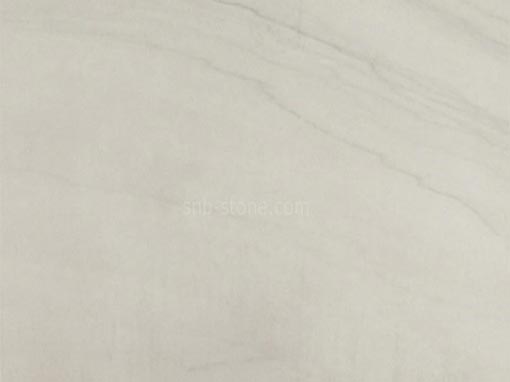
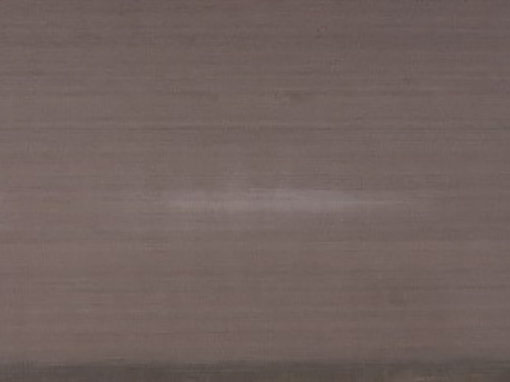
Sandstone is a soft stone, formed when sand containing a variety of minerals including quartz, pyrite, iron, silica, calcite and some organic matter are cemented together by pressure. Other minerals, which give sandstone its character and add colour include mica, hematite, feldspar, ilmenite and clay minerals.
Sandstone was commonly used in the construction of buildings and bridges up to the 1800’s, prior to the introduction of reinforced concrete. It is a strong and durable stone with a matt finish and has excellent slip resistance. It can have a fine or coarse texture and is particularly suited to outdoor pool areas. Sandstone is used mainly to produce interior and exterior flooring, paving and walls. It is porous and must be sealed with a penetrating sealer.
Colours are usually cream, brown, red, grey and sometimes green, depending on the minerals covering and cementing the sand, for example sandstone that contains iron will be red to brown, whereas sandstone with a silica content will be more white.
METAMORPHIC STONE
Metamorphic stone is formed when existing igneous and sedimentary rock is buried deep below the earth’s surface and exposed to extreme heat and pressure over millions of years. It is called metamorphic because “meta” means change and “morph” means form and that is what it does – the rock changes its composition, texture and colour. Examples of metamorphic stone commonly used in building include marble, serpentine, slate and onyx. Most metamorphic stones are rated around a 3-4 on the Mohs Scale of hardness.
MARBLE

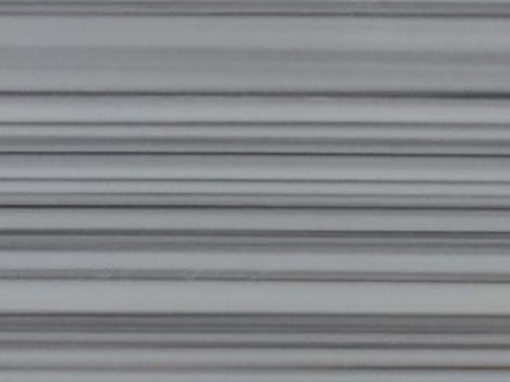

Marble is a soft stone that is formed in the earth’s crust through the metamorphic process. It is classed as a non-foliated metamorphic rock as it is not layered like slate. It is formed mainly from limestone reacting to the extreme heat underground but not directional pressure. It mainly contains the minerals calcite and dolomite, however impurities in the original limestone recrystallise to form other minerals that create a variety of colours in the marble. White marble contains more calcite, yellow marble contains limonite, reddish marble contains hematite and green marble contains serpentine. It also has a wide variety of vein like patterns, which add to its appeal. These veins are created when minerals in the stone liquefy due to the heat in the earth’s crust, then flow through the stone and solidify as the earth cools.
Marble is a popular stone commonly used for its strength and beauty and its ability to achieve a ‘mirror like’ finish when polished. It has been used for centuries as a building material and also to create sculptures, as it is soft but strong. It is a versatile material also used for floors, furniture, vanities, bathroom tiles and ornaments. Although it is fairly resistant to erosion and fire, acidic liquids will etch the surface and grit will scratch it. It is not an ideal surface to use as a kitchen benchtop where spills and scratching are common. Its longevity will be determined by its treatment and maintenance. Sealing with a penetrating sealer is recommended, and will protect the surface from staining. Regular cleaning with recommended products will prolong the glossy look and feel of the marble.
Colours are usually white, red, black, green, yellow and various shades of these colours.
ONYX


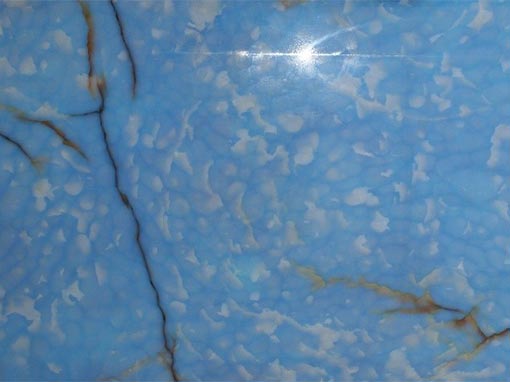
Onyx is a soft, fine-grained stone made from calcium layered under extreme heat and pressure. The layering occurs in limestone caves when water drips over limestone and redeposits forming stalactites and stalagmites. The name onyx has Greek origins and means claw or fingernail which has a similar translucent appearance to onyx stone. It is mainly found in the USA, Germany, Brazil, Mexico, India, and Africa.
Onyx is known for its opalescence or translucence, spectacular patterns and vibrant colours. It is not a stone that should be subject to hard ware as it is quite soft. It must be professionally sealed with a penetrating sealer otherwise stains can be difficult to remove. Onyx etches with acidic liquids and must be maintained with care. It can be used to make tiles, tables, hand basins, vases, bowls and ornaments that can be backlit, as the light will shine through the stone. Onyx products are usually highly polished to bring out the beautiful patterns and colours in the stone.
Colours range from earthy reds, browns and greys to a variety of pastel greens, creams, gold, amber and white.
SLATE


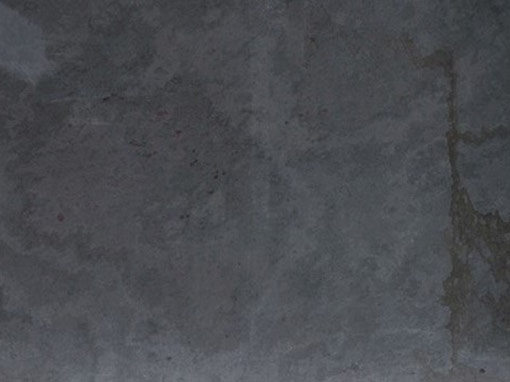
Slate is a fine-grained, foliated stone formed under the ocean when layers of sedimentary rock, clay, shale or quartz are compressed under low-grade heat and pressure. Due to its layering, slate can be easily split, exposing a range of magnificent textures. It is mainly quarried in Africa, China, Brazil, Italy, USA, UK and India and can range from very soft to hard depending on its origin. Soft slate is found in the USA and hard slate in the UK.
Slate is popular for both indoor and outdoor use because of its beauty, strength and rustic appearance. It was traditionally used on roofs as shingles, in blackboards and for headstones. It is now commonly used around pools, for landscaping, floors, roofs and wall cladding, in large and small scale construction.
Once installed slate is a particularly durable surface, resistant to wear, especially in areas where there is a large amount of foot traffic. It is heat, fire and weather resistant, non-porous, so spills are not absorbed and highly resistant to acidic liquids. It is slip resistant due to its surface texture and retains warmth. There are some softer slates however that can break, chip and scratch so the environment must be considered when choosing a slate. A good quality penetrating sealer will provide added protection and strength. Slate can also be coated with a wet look sealer to protect it and enhance its appearance.
Colours are usually shades of black, grey, green, brown, yellow, purple, pink and sometimes copper.
IGNEOUS STONE
Igneous stones are exposed to extreme heat, hence the name ‘igneous’, which comes from the Latin word ‘ignius’ meaning fire. Igneous stone is either ‘intrusive’ or ‘extrusive’. ‘Intrusive’ stone is formed underground where rock located up to 40km under the earth’s surface melts at temperatures of up to 900?c and becomes magma. The magma rises and cools slowly, trapping gases and minerals, and eventually solidifying into stone that has large crystals and a coarse texture. Granite is ‘intrusive’ stone. ‘Extrusive’ stone develops above the earth’s surface. It is formed from lava that flows from volcanos on to the earth’s surface and into the sea, or from volcanos under the sea. The lava settles on the earth or on the ocean floor and cools. The faster cooling process, due to the lower temperature at the earth’s surface and under the ocean, encourages smaller crystals to form. Basalt is ‘extrusive’ stone.
The most popular igneous stones used in building are granite and basalt. Both contain large quantities of quartz and silica, but it is the heavy metals such as iron and magnesium that give the stones their dark colour.
GRANITE



Granite is a hard ‘intrusive’ stone, extremely durable, strong and coarse grained with large crystals, which give it a flecked look. It mainly contains the minerals potassium, feldspar and quartz with small amounts of mica. Most of the continent is made of granite.
Granite is one of the hardest, most popular building materials used in the world and is commonly used indoors for kitchen benchtops, bathroom vanities, floors and furniture. Outdoors it is used in large structures such as bridges, monuments, retaining walls and steps and in large public floor areas due to its solid character and ability to withstand deterioration. Granite is usually used as a slab rather than a tile, so its weight must be considered when choosing an application.
Polished granite is hard wearing, easily maintained, heat, chip, bacteria, fire and scratch resistant and is not affected by acidic liquids such as juice, coffee, tea and wine when treated with a good quality penetrating sealer. Granite has an ageless beauty, is longer wearing than manmade stones and will retain its colour and finish longer than other stones. Colours are usually shades of black, grey, brown, red, pink and yellow, which are determined by the minerals trapped when the stone is forming.
BASALT
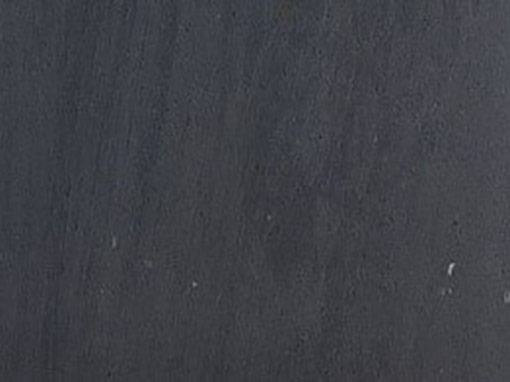
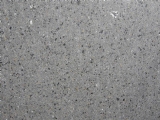

Basalt also known as bluestone is ‘extrusive’, hard stone, fine-grained with small crystals. Most of the ocean floor is made of basalt. Basalt was traditionally used for cobbled roads and laneways due to its durability and because water drained away from the surface efficiently allowing it to dry quickly. It was also popular due to its texture, which made it a non-slip surface. It is now commonly used in outdoor areas for paving, stairs, exterior wall cladding, ponds, landscaping, pathways and indoors for countertops, walls and floors.
Colours are usually blue/grey, green/grey, grey and black.

